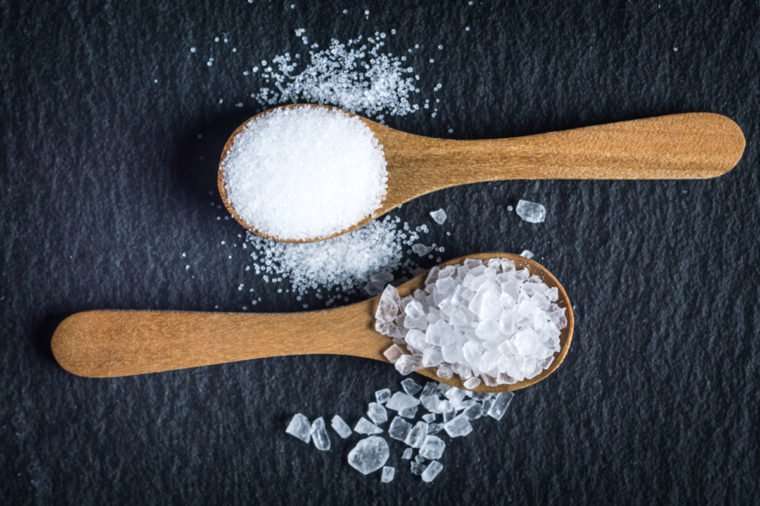Featured March 19, 2019
Short Link:Sea Salt vs. Table Salt: Which One Is Better for You?
You’ve probably given some thought to the type of salt you use at home—particularly, whether you choose sea salt or good old-fashioned table salt. Less processed than traditional table salt, both sea salt and Himalayan salt retain more of their original mineral content, such as magnesium and potassium. But do the trace minerals and elements mean sea salt is healthy?
It turns out—maybe not.
Ariana News Agency-
Sea salt vs. table salt
Lots of people think sea salt is better because of its minerals—but sea salt and table salt have the same basic nutritional value, according to the Mayo Clinic. Both sea salt and table salt also have a similar amount of sodium by weight.
According to a study published in the Environmental Science and TechnologyJournal, sea salt has more than trace minerals, too. In many cases, there’s also plastic leeched onto sea salt. Yes, plastic! The problem is, thanks to the plastic bags and other debris in waterways, most sea salt brands contain plastic microparticles. Here are more surprising things you probably didn’t know about salt.
What about the iodine in table salt?
Produced in salt mines, traditional table salt is more processed than sea salt. This means it’s mostly devoid of natural minerals, which might be where a lot of table salt’s bad press comes from. It’s worth noting, however, that since the 1920s, producers have added iodine to processed salt. It’s an important mineral for keeping your thyroid happy. At the same time, too much salt could make you sick in 24 different ways.
Here’s the bottom line
When it comes to salt intake, your best bet is moderation. No one type of salt is better for you, so you can’t go wrong by lowering your intake. Think you don’t need to cut back on sodium? Check to make sure you’re not seeing these 7 signs you’re eating too much salt.
